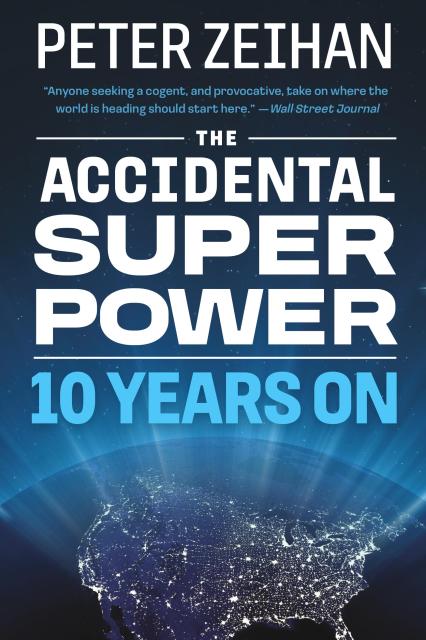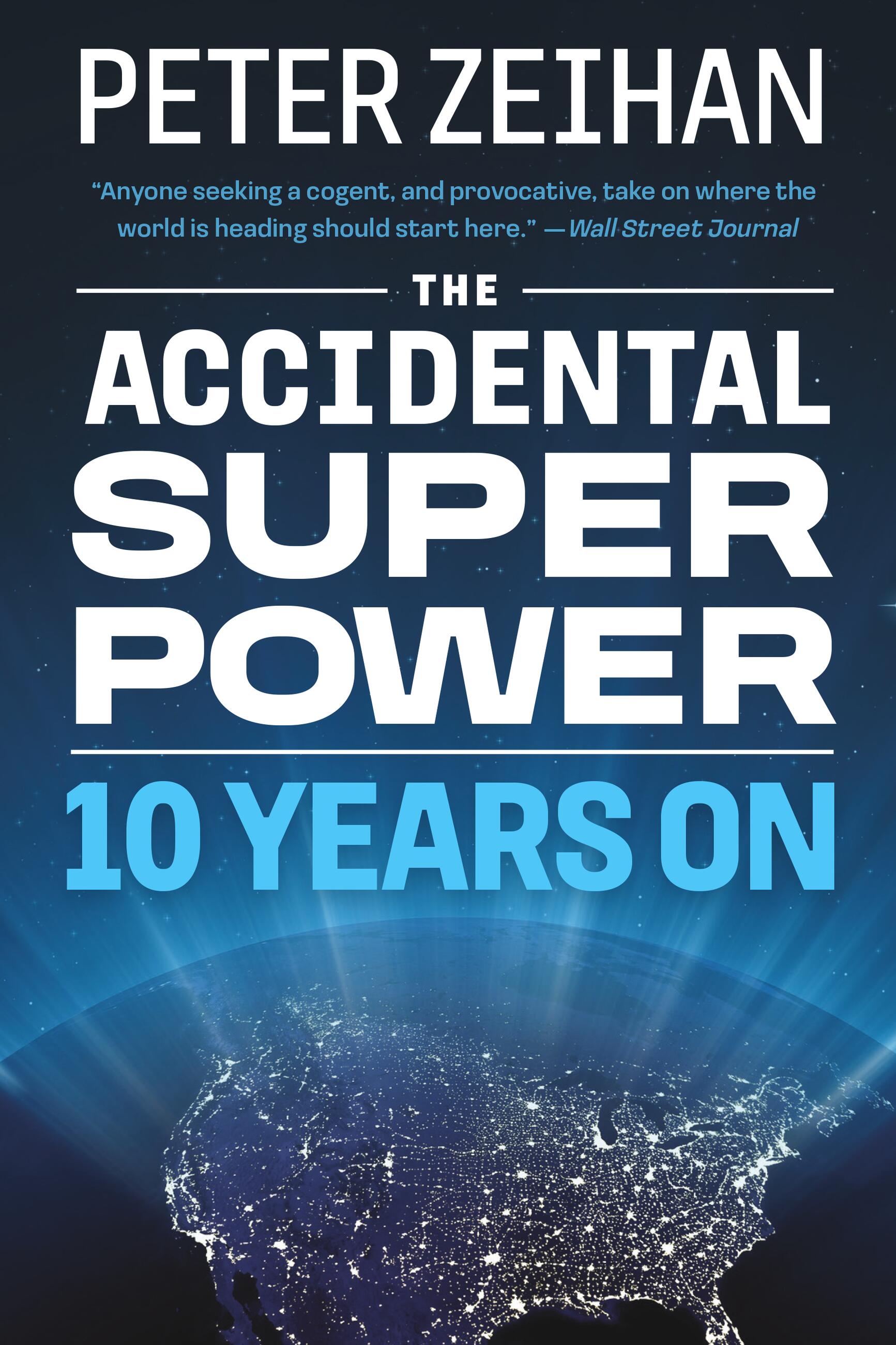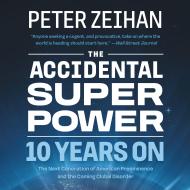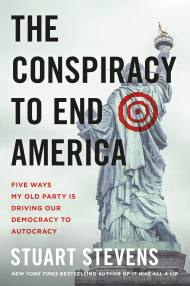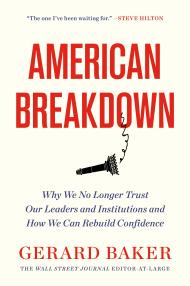Promotion
Use code BEST25 for 25% off storewide. Make sure to order by 11:59am, 12/12 for holiday delivery!
By clicking “Accept,” you agree to the use of cookies and similar technologies on your device as set forth in our Cookie Policy and our Privacy Policy. Please note that certain cookies are essential for this website to function properly and do not require user consent to be deployed.
The Accidental Superpower
Ten Years On
Contributors
Formats and Prices
- On Sale
- Nov 4, 2014
- Page Count
- 352 pages
- Publisher
- Twelve
- ISBN-13
- 9781455583676
Price
$11.99Price
$15.99 CADFormat
Format:
- ebook $11.99 $15.99 CAD
- Trade Paperback (Revised) $21.99 $28.99 CAD
This item is a preorder. Your payment method will be charged immediately, and the product is expected to ship on or around November 4, 2014. This date is subject to change due to shipping delays beyond our control.
Buy from Other Retailers:
-
"[A] lively, readable thesis on how the success or failure of nations may rest on the very ground beneath their feet...Anyone seeking a cogent, and provocative, take on where the world is heading should start here. Even if you don't fall in love with maps, you'll never look at them the same way again."The Wall Street Journal
-
"In THE ACCIDENTAL SUPERPOWER, Peter Zeihan has explored a contemporary version of Napoleon's dictum that the power of countries derives from their geography. He brings a refreshingly novel and thought-provoking approach to understanding the rise of a U.S.-led global order, current threats, and why the U.S. will probably ride out the future better than others."George Magnus, former Chief Economist and current Senior Advisor, UBS, and author of The Age of Ageing and Uprising
-
"An adventurous anatomy of how geography, demographics, and resources will sway the American future."Laurence C. Smith, Professor and Chair of Geography at UCLA, and author of The World in 2050: Four Forces Shaping Civilization's Northern Future
-
"In THE ACCIDENTAL SUPERPOWER, Peter Zeihan deftly deploys his knowledge of demography and geography to show why America's growing energy independence will nurture its global dominance for the next quarter century. His contrarian thrust is a smart parry to forecasts of Washington's dwindling relevance in international affairs."Stephen Glain, author of State vs. Defense
-
"[An] ingenious, optimistic overview of America's superpower status...readers will find it difficult to put down this fascinating addition to the 'rise and fall of nations' genre."Kirkus Reviews (Starred Review)
Newsletter Signup
By clicking ‘Sign Up,’ I acknowledge that I have read and agree to Hachette Book Group’s Privacy Policy and Terms of Use
